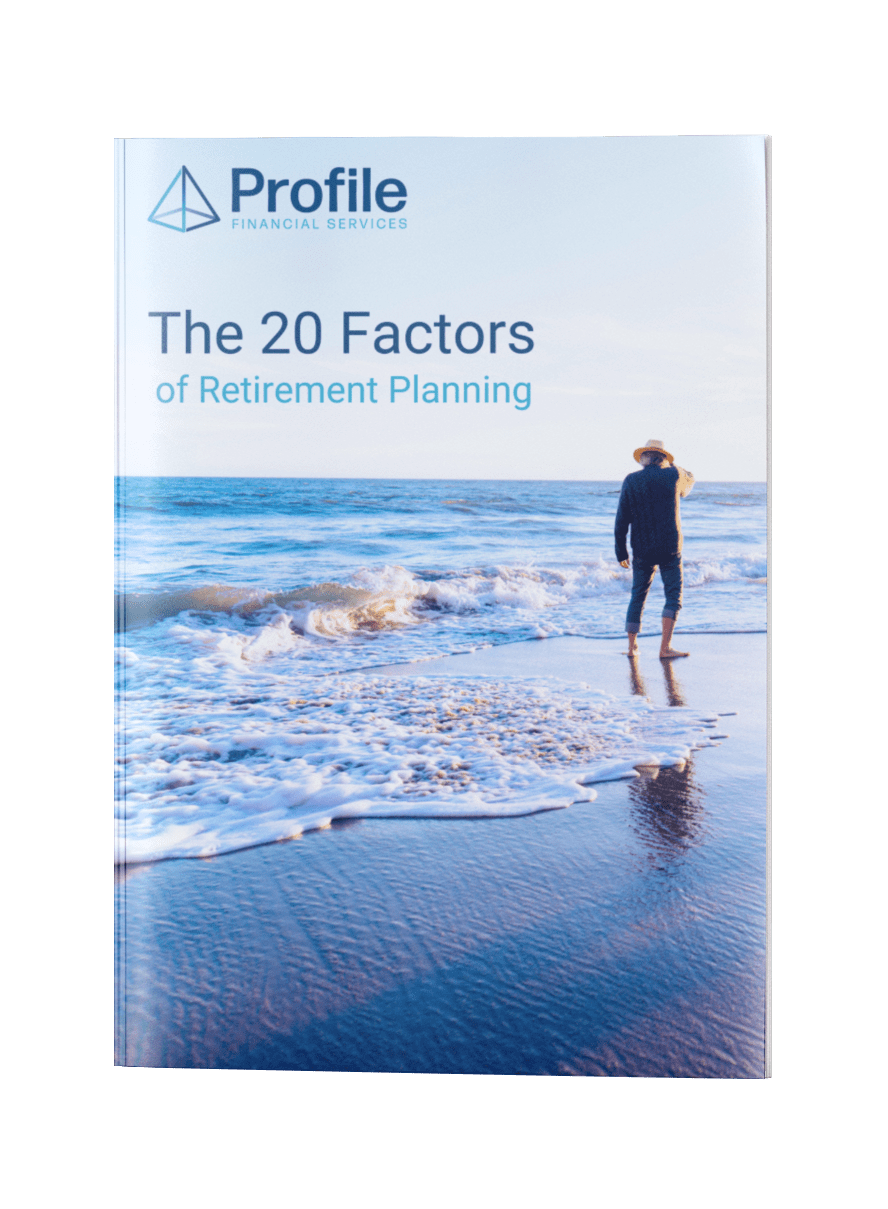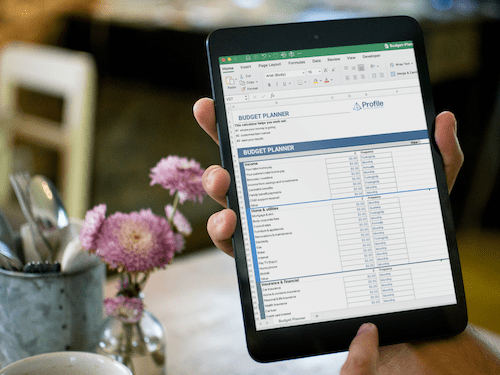As a financial adviser, we get asked all sorts of questions from buying a house to investing for the future. We also get asked about the latest financial literature, celebrities, or philosophies. One of the more common questions I am asked is in regards to the FIRE method for retirement.
What is the FIRE method for retirement?
The FIRE method, which stands for “Financial Independence, Retire Early”, is a personal finance and lifestyle movement that aims to achieve financial independence and retire at a relatively young age, often well before the traditional retirement age of 60-65. The goal of FIRE is to have enough savings and investments to support one’s desired lifestyle without the need for traditional employment.
How does the FIRE method work?
Here’s how the FIRE method works:
A. Financial independence
Achieving financial independence means having enough savings, investments, and passive income streams to cover your living expenses without relying on a traditional job. In other words, you have enough money to sustain your desired lifestyle indefinitely.
B. Retire early
The “Retire Early” part of FIRE means leaving your traditional full-time job or career at a younger age than is typical. While some FIRE enthusiasts aim to retire in their 40s or 50s, the specific age varies from person to person based on their financial goals and circumstances.
What are the seven key principles of the FIRE method?
1. Frugality
FIRE advocates typically embrace a frugal lifestyle to save as much money as possible. This includes minimising unnecessary expenses, budgeting carefully, and avoiding lifestyle inflation.
2. Saving and investing
FIRE followers prioritise saving a significant portion of their income, often aiming to save 50% or more. They invest their savings in various assets, such as stocks, bonds, real estate, and index funds, to generate passive income and wealth over time.
3. Minimalism
Many FIRE adherents adopt minimalist lifestyles, focusing on owning fewer possessions and simplifying their lives to reduce expenses and clutter.
4. Side hustles
Some FIRE enthusiasts pursue side businesses or part-time work to supplement their income during the early retirement phase.
5. Emergency fund
Building and maintaining an emergency fund is crucial to cover unexpected expenses and ensure that early retirement plans aren’t derailed by unforeseen financial setbacks.
6. Continuous learning
FIRE followers often emphasise ongoing learning, both in personal finance and other areas, to adapt to changing circumstances and stay financially savvy.
7. Safe withdrawal rate
A central concept in FIRE planning is the “safe withdrawal rate.” This is the rate at which retirees can withdraw money from their investments without depleting their portfolio too quickly. The commonly cited safe withdrawal rate is 4% annually, adjusted for inflation, but this can vary based on individual circumstances.
Does the FIRE method suit everyone?
It’s important to note that achieving FIRE requires discipline, dedication, and a clear financial plan. It may not be suitable for everyone, as it involves significant lifestyle changes and financial sacrifices in the short term to achieve long-term financial independence. Additionally, individual circumstances and financial goals vary, so what works for one person may not work for another. Consulting with a financial adviser and carefully evaluating your own situation is advisable if you’re interested in pursuing the FIRE method for retirement.
Catch up with all the latest news and updates over on our Instagram! Click here to follow us!






